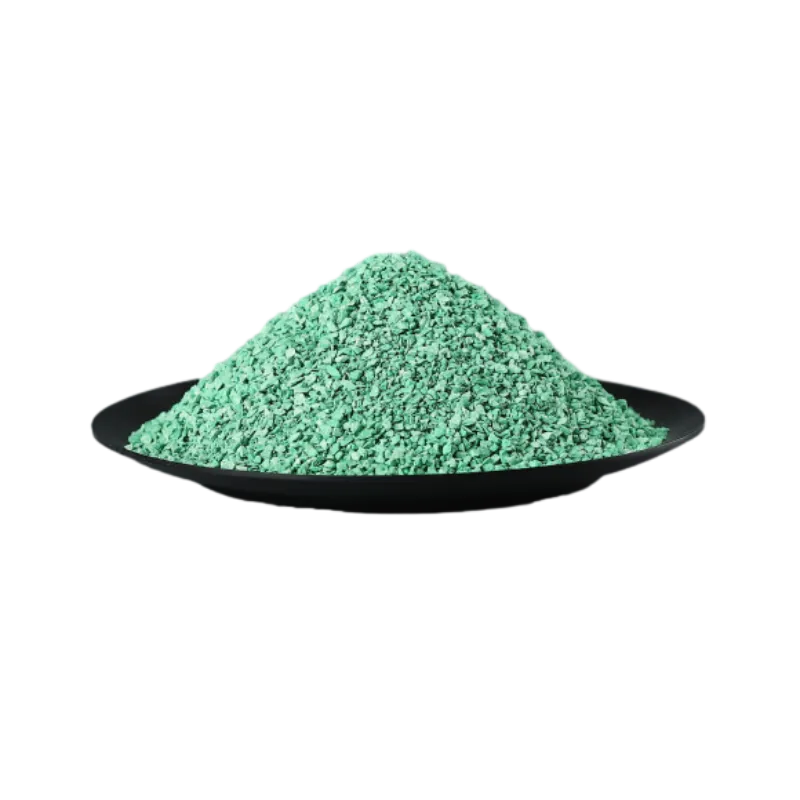
nov . 13, 2024 11:50 Back to list
heat resistant reflective material
Understanding Heat Resistant Reflective Materials Applications and Benefits
In various industries, the need for materials that can withstand high temperatures while reflecting heat is paramount. Heat resistant reflective materials are designed to serve this purpose, providing essential solutions in sectors such as construction, automotive, aerospace, and manufacturing. This article explores the properties, applications, and benefits of these innovative materials.
Heat resistant reflective materials are typically composed of advanced polymers, metals, or composites that can endure extreme temperatures without degrading. One of the key characteristics of these materials is their ability to reflect heat radiation, which helps maintain stable temperatures in environments where excessive heat can lead to inefficiency or equipment damage. For instance, materials like aluminum foil or specialized coatings can significantly reduce heat absorption. This property is essential in applications ranging from thermal insulation to solar energy collection.
In the construction industry, heat resistant reflective materials are commonly used in roofing and insulation. Reflective roof coatings can help reduce the urban heat island effect, thereby improving energy efficiency in buildings. By reflecting sunlight away from the roof surface, these materials decrease the demand for air conditioning, leading to reduced energy bills and enhanced indoor comfort. Additionally, when incorporated into insulation systems, they prevent heat transfer, keeping interiors cooler during hot weather and warmer during winter months.
heat resistant reflective material

The automotive industry also benefits significantly from heat resistant reflective materials
. These materials are used in the manufacturing of heat shields, which protect sensitive components from extreme temperatures generated by exhaust systems or engine operations. By reflecting heat away from critical parts, these shields help extend the lifespan of automotive components, improve vehicle efficiency, and enhance safety.In aerospace applications, where extreme temperatures and aerodynamic stresses are prevalent, heat resistant reflective materials play a vital role. They are used in thermal protection systems for spacecraft, ensuring that sensitive equipment and instruments remain functional during re-entry or when exposed to direct solar radiation. The ability of these materials to withstand high temperatures while reflecting harmful radiation is crucial for the success of space missions.
The benefits of heat resistant reflective materials extend beyond their temperature-regulating capabilities. By improving energy efficiency, they contribute to sustainability initiatives by reducing overall energy consumption and greenhouse gas emissions. Moreover, their durability and long lifespan reduce the frequency of replacements, leading to lower material waste and resource use over time.
In conclusion, heat resistant reflective materials are indispensable in a variety of industries, offering crucial solutions for heat management and energy efficiency. As technology advances, the development of these materials continues to evolve, paving the way for even more effective applications that enhance performance and sustainability. With increasing awareness of environmental issues, the adoption of heat resistant reflective materials will likely play a significant role in future innovations aimed at reducing energy consumption and improving overall efficiency in numerous fields.
-
Lifetime Roof Shingles – Durable Roofing Solutions for Decades
NewsJun.10,2025
-
Top Roofing Shingles Types Compare Different Types of Architectural Roofing Shingles for Your Home
NewsJun.10,2025
-
Affordable Asphalt Shingle Roll Durable & Easy Flat Roof Solution
NewsJun.09,2025
-
Metal Asphalt Look Roofing Durable Shingle-Style Options
NewsJun.09,2025
-
Premium Clay Valley Roof Tiles Durable & Eco-Friendly
NewsJun.09,2025
-
Modern Clay Pantile Roof Tiles Durable & Stylish Roofing
NewsJun.09,2025







